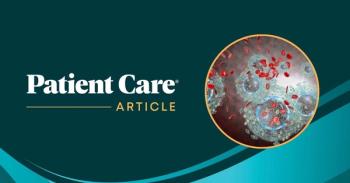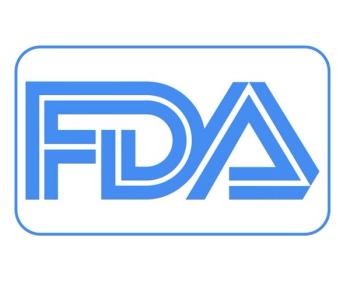
The Journal of Respiratory Diseases
- The Journal of Respiratory Diseases Vol 29 No 4
- Volume 29
- Issue 4
VTE prophylaxis: How well are guidelines being followed?
The American College of Chest Physicians (ACCP) has established guidelines for the prevention of venous thromboembolism (VTE); however, a recent study by Amin and associates documents a very low rate of adherence to these guidelines in acute-care hospitals in the United States. In fact, they found that about two thirds of at risk medical patients are not receiving appropriate VTE prophylaxis at the time of discharge.
The American College of Chest Physicians (ACCP) has established guidelines for the prevention of venous thromboembolism (VTE); however, a recent study by Amin and associates documents a very low rate of adherence to these guidelines in acute-care hospitals in the United States. In fact, they found that about two thirds of at risk medical patients are not receiving appropriate VTE prophylaxis at the time of discharge.
Their analysis focused on at-risk medical patients and included data from 196,104 discharges from 227 hospitals. The patients were at least 40 years of age, were hospitalized for at least 6 days, and had no contraindications to anticoagulants. The overall rate of VTE prophylaxis was 61.8%; however, the rate of appropriate prophylaxis-prophylaxis in accordance with the ACCP guidelines-was only 33.9%.
Of the discharged patients who did not receive appropriate prophylaxis, 38.4% received no prophylaxis at all, 4.7% received only mechanical prophylaxis, 6.3% received inappropriate dosages, and 16.7% did not receive prophylaxis for the recommended duration.
Articles in this issue
over 17 years ago
A rare complication of empyema: Thoracic aorta perforationover 17 years ago
Pertussis: A cause of cough in adults as well as childrenover 17 years ago
Acute pneumonitis after in vitro fertilization with IM progesteroneover 17 years ago
Have you had a Diagnostic Puzzler?over 17 years ago
An HIV-infected patient with bilateral pneumoniaNewsletter
Enhance your clinical practice with the Patient Care newsletter, offering the latest evidence-based guidelines, diagnostic insights, and treatment strategies for primary care physicians.

















































































































































































































































































